SAN PEDRO DE RODA
Historic environment
The monastery of Sant Pere de Roda was located at a certain height on a small plateau on the northern slope of the Cap de Creus massif, something that gave it visibility over the bay of Port de la Selva, the municipality to which it is attached.
According to tradition, its church would have been founded at the end of the 8th century by Abbot Atala de San Policarpo de Rasés, who restored numerous temples in that area. However, when we began to find it more regularly documented at the beginning of the 9th century, its management was in the hands of Sant Esteve de Banyoles. This led to a long dispute between the two abbeys that was still going on at the beginning of the following century, leaving behind its trail of royal precepts that, according to the alliances of each moment, recognized the dependence on the  centers founded by Atala to one party or another. In this context, the sources began to mention Sant Pere de Roda as a monastic cell and, at the beginning of the 10th century, we already find several references to its community and even to its Guisén purpose.
centers founded by Atala to one party or another. In this context, the sources began to mention Sant Pere de Roda as a monastic cell and, at the beginning of the 10th century, we already find several references to its community and even to its Guisén purpose.
The situation changed substantially around the year 930, when Tassi, an important Empordà magnate, set out to erect that small cell in a prominent independent abbey. To do this, he gave her a significant amount of property, maneuvered to ensure that his son Hildesind was invested abbot of the new monastery and procured a royal precept, as well as a papal bull, confirming his new legal status. However, Tassi was not the only one who worked for the conversion of the house of Roda into an abbey, but he had the active support of the different count families of the time, especially that of Empúries, who did a great deal of work for him. donations, some qualitatively very important.
With all this support, added to that of many other individuals, the small cell of Sant Pere de Roda quickly became one of the most prestigious monasteries in the Principality. In fact, this condition was maintained until the 14th century, when the relaxation of customs, added to the disappearance of the count dynasty of Empúries and the increase in piracy in the Mediterranean, marked the beginning of a slow period of decline that would lead to to its definitive abandonment in the year 1797.
Description
The monastery of Sant Pere de Roda constitutes an exceptional architectural complex from the medieval period. East, along  throughout its life, it has undergone countless modifications, especially due to the defenses that were added to starting from the fourteenth century. However, to a large extent, it still maintains the configuration that was given to it throughout the 11th and 12th centuries, when the main church was built, characterized by its grandeur and its rich sculptural decoration, as well as the two superimposed cloisters that articulated the monastic dependencies and the characteristic bell tower that defines the profile of the entire complex. Therefore, it is a mandatory visit for all those interested in Romanesque architecture and sculpture.
throughout its life, it has undergone countless modifications, especially due to the defenses that were added to starting from the fourteenth century. However, to a large extent, it still maintains the configuration that was given to it throughout the 11th and 12th centuries, when the main church was built, characterized by its grandeur and its rich sculptural decoration, as well as the two superimposed cloisters that articulated the monastic dependencies and the characteristic bell tower that defines the profile of the entire complex. Therefore, it is a mandatory visit for all those interested in Romanesque architecture and sculpture.
With regard to the original complex, prior to the 11th century, Sant Pere de Roda is also an exceptional case, since the archaeological interventions that have been carried out inside it allow us to know its topographic organization in a certain degree of detail. In this sense, we know that the cell from the 8th-9th century was made up of a small church with a single nave with a semicircular apse and various rectangular buildings, all of them free-standing, which were distributed around its surroundings. It was not until the end of the 10th century that a second, larger temple was built, with three naves, a transept and a tripartite chancel, as well as new dependencies that, at that time, already began to draw an interior patio that, over time, would evolve. in the cloister that we know today, already in the Romanesque period.
Xavier Costa Badía for URBS REGIA
Other interesting information
Winter: Tuesday to Sunday from 10:00 a.m. to 5:30 p.m.
Summer: Tuesday to Sunday from 10:00 a.m. to 8:00 p.m.
Entrance fee: €6
Bibliography
Joan-Albert Adell Gisbert et al., «Sant Pere de Rodes (Catalunya). La cel·la i el primer monestir (s. IX-XI)», Annals de l’Institut d’Estudis Gironins, 38 (1997), 1415-1443.
Jesús Alturo Perucho, «Una nueva lectura de la inscripción de Tasio del monasterio de Sant Pere de Rodes del año 955», Acta historica et archaeologica mediaevalia, 31 (2013), 11-16.
Jesús Alturo Perucho y Daniel Rico Camps, «Encara sobre la inscripció de Tassi del monestir de Sant Pere de Rodes», Pyrenae, 46.1 (2015), 147-58.
Xavier Costa Badia, Paisatges monàstics. El monacat alt-medieval als comtats catalans (segles IX-X) (Barcelona: Tesi doctoral inèdita dipositada a la Universitat de Barcelona, 2019), 323-326.
mmaculada Lorés Otzet, El monestir de Sant Pere de Rodes (Bellaterra: Universitat Autònoma de Barcelona; et ali., 2002).
Teresa Marot, El Tresor de Sant Pere de Rodes: moneda, comerç i art a l’inici del segle XVI (Barcelona: Museu Nacional d’Art de Catalunya et al., 1999)
Sònia Masmartí Recasens, «Descoberta i identificació d’un nou fragment de la làpida funerària de Tassi», Annals de l’Institut d’Estudis Empordanesos, 39 (2008), 265-75.
Sònia Masmartí Recasens, Sant Pere de Rodes, lloc de pelegrinatge (Barcelona: Generalitat de Catalunya. Departament d’Innovació, Universitats i Empresa, 2009).
Anscari M. Mundó, «Les inscripcions de Tassi i d’Ildesind de Sant Pere de Rodes segons Marca i Pujades», a Obres completes. Vol. I: De la romanitat a la sobirania, 1998, p. 194-212.
Anna M. Puig Griessenberger y Montserrat Mataró Pladelasala, «La cel·la abans del monestir: Sant Pere de Rodes als segles VIII-IX», Annals de l’Institut d’Estudis Empordanesos, 43 (2012), 21-38.
Arnald Plujà i Canals y Sònia Masmartí i Recasens, Els Dominis de Sant Pere de Rodes al cap de Creus segons un capbreu de la Celleria (1420-1429) ([Girona]: Ajuntament de Port de la Selva, Fundació Albert Tomàs i Bassols ; Barcelona: Museu d’Història de Catalunya, 2013).
Portals
10 thoughts on “SAN PEDRO DE RODA”
Leave a Reply





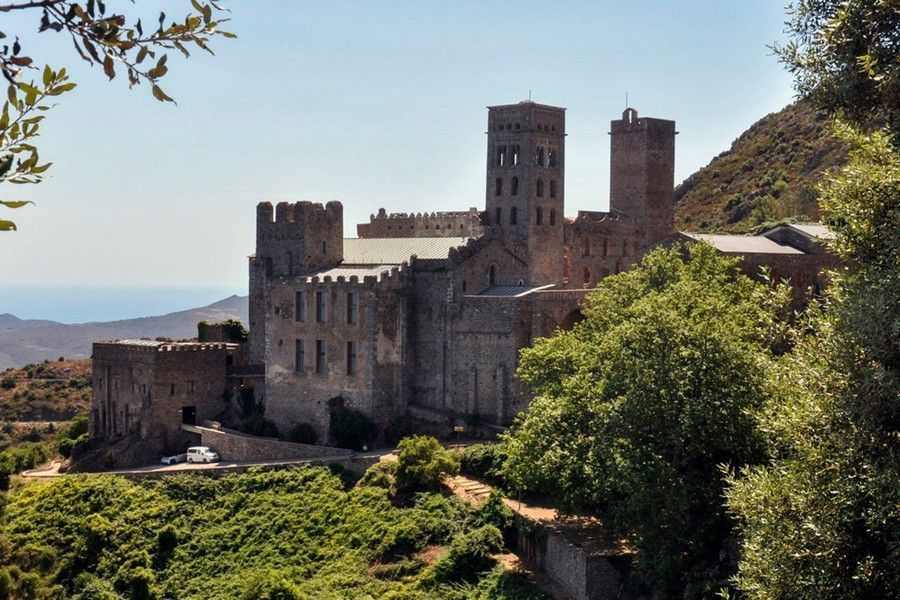
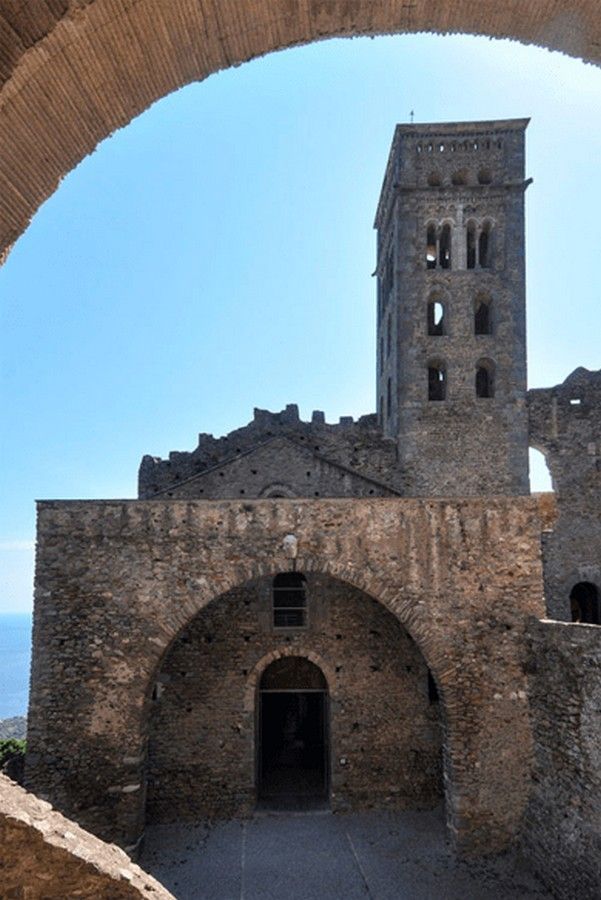





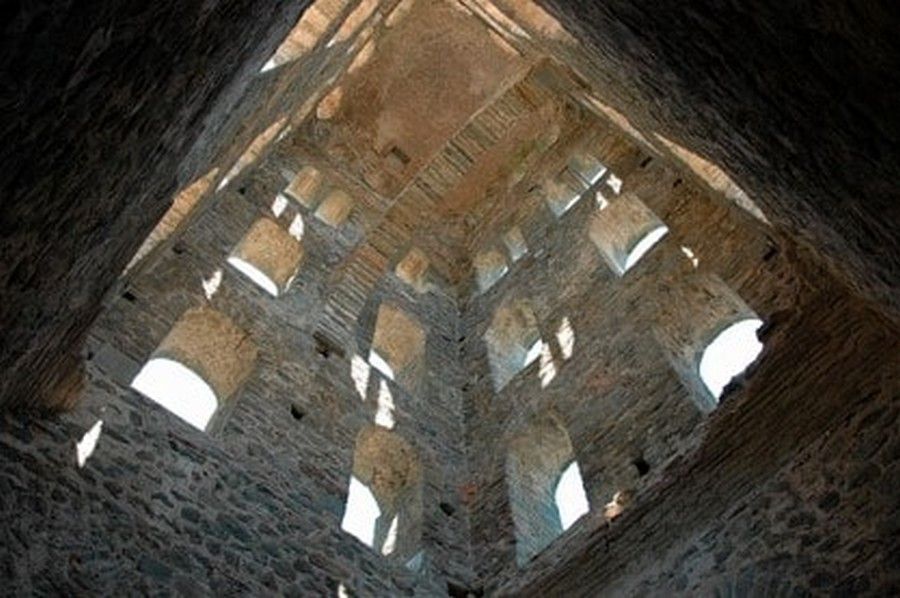
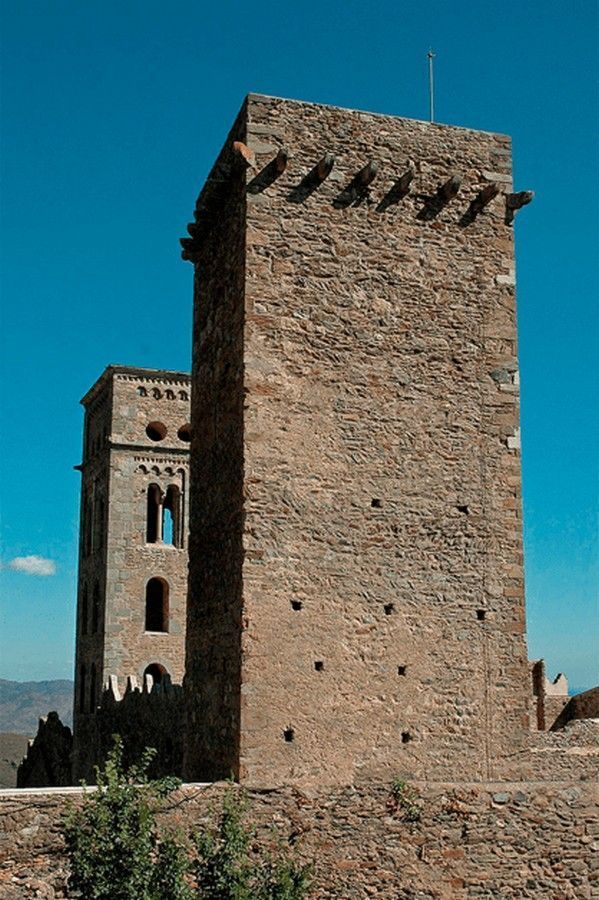

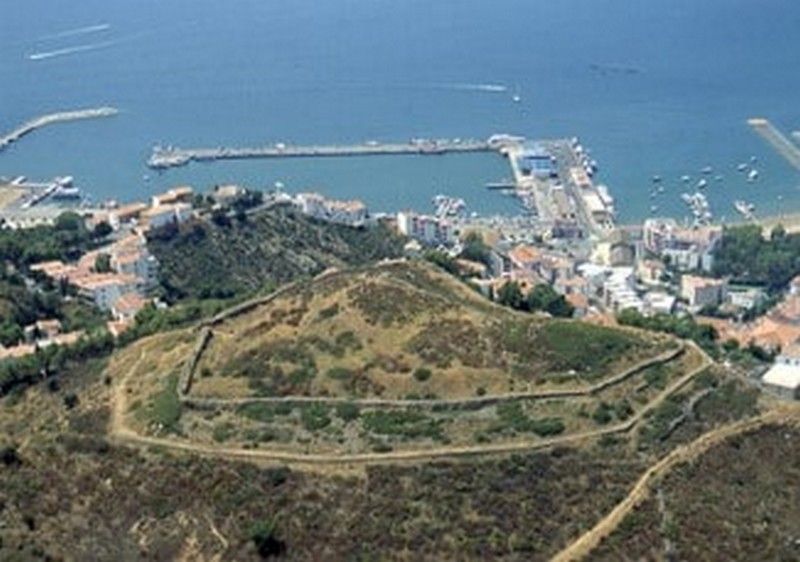






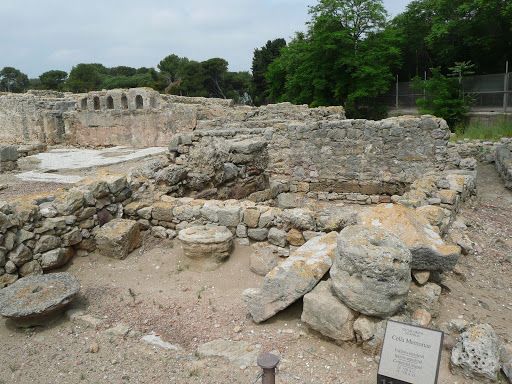


Woah! I’m really digging the template/theme of this
site. It’s simple, yet effective. A lot of times it’s very hard to get that “perfect balance” between usability and visual appeal.
I must say you have done a excellent job with this.
online traders in south africa addition, the blog loads extremely quick for me on Chrome.
Superb Blog!
Thanks very interesting blog!
Also visit my web page; exness
Hey there! Someone in my Facebook group shared this site with us so I
came to take a look. I’m definitely enjoying the information. I’m book-marking and will be tweeting this
to my followers! Excellent blog and amazing
style and design.
Here is my web page :: online trading south africa
Ahaa, its nice conversation concerning this article at
this place at this web site, I have read all that, so now me also commenting here.
My webpage – exness
Thanks for the marvelous posting! I truly enjoyed reading it, you are
a great author.I will ensure that I bookmark your blog and may come back at some point.
I want to encourage one to continue your great job, have a nice afternoon!
my webpage … online trading platforms south africa
A person necessarily help to make significantly articles I might
state. That is the first time I frequented your website page and so far?
I surprised with the research you made to create this actual submit incredible.
Great process!
Here is my webpage: equiti
Hi there! I could have sworn I’ve been to your blog before but after looking
at some of the posts I realized it’s new to me.
Anyhow, I’m definitely pleased I discovered it and I’ll be bookmarking it and checking back often!
Feel free to surf to my blog :: xm login
This website was… how do you say it? Relevant!! Finally I’ve found something which helped me.
Thanks a lot!
Feel free to surf to my web site equiti online trading
I could not refrain from commenting. Well written!
Here is my blog post :: exness
always i used to read smaller articles that as well
clear their motive, and that is also happening with
this piece of writing which I am reading now.
Also visit my website: exness